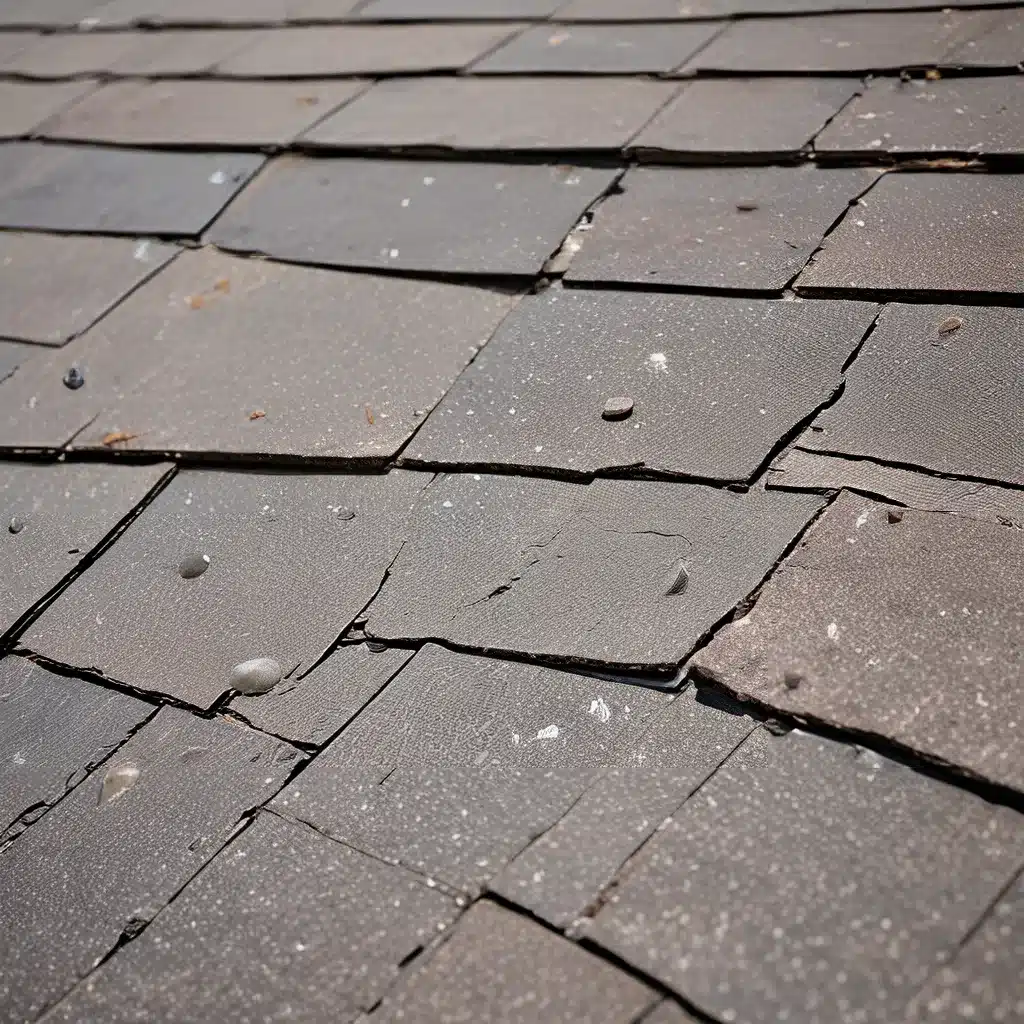
As a proud homeowner, I’ve come to realize that the roof over my head is more than just a shingle-covered structure – it’s a vital shield against the relentless forces of nature. From torrential downpours to howling winds, our roofs bear the brunt of Mother Nature’s wrath. But did you know that water damage is one of the most common and costly home insurance claims? Yep, that’s right – it’s a big, wet problem that can keep even the savviest of us up at night.
Let’s dive in and explore the water damage statistics that every homeowner needs to know. By the time we’re done, you’ll be armed with the knowledge to make informed decisions about protecting your home and your wallet.
The Shocking Frequency of Water Damage Claims
First things first, let’s talk about just how often water-related issues crop up. According to the Insurance Information Institute, a staggering 1 in 60 insured homes files a water damage or freezing claim each year. That’s 16% of all US homes! And get this – around 14,000 Americans file a water damage claim every single day. Yikes, that’s a lot of soggy situations.
But the real eye-opener is the average insurance payout for these claims – a whopping $11,605. Ouch, that’s enough to make even the most stoic homeowner cringe. And the costs don’t stop there – the restoration price tag can range from a few hundred bucks for minor issues to upwards of $100,000 for more severe damage. Clearly, this is no trivial matter.
The Culprits Behind Water Damage
Now, what’s causing all this watery chaos? Well, according to the data, the top causes of water damage are burst pipes, leaky faucets, and malfunctioning appliances – things that can happen in any home, at any time. But that’s not all – thunderstorms, hurricanes, and flash floods can also wreak havoc, leading to roof damage and basement flooding.
And get this – even something as simple as a clogged gutter can lead to big-time trouble. When those gutters get blocked with leaves, branches, or debris, the rainwater has nowhere to go, causing it to spill over the sides and seep into your home. Yikes, talk about a recipe for disaster.
The Devastating Costs of Water Damage
Now, you might be thinking, “But I have homeowner’s insurance, so I’m covered, right?” Well, not so fast. While standard home insurance policies do cover certain types of water damage, they often exclude coverage for flooding or water damage caused by natural disasters. That’s where flood insurance comes into play, which can help protect your home and your wallet in the event of a major flood event.
And the costs of water damage can be truly staggering. For example, the average NFIP (National Flood Insurance Program) claim payout is a whopping $52,000, while the typical FEMA relief amount is a mere $4,200. That’s a huge gap, and it highlights the importance of having the right coverage in place.
But the financial impact doesn’t stop there. Water damage can also lead to mold growth, which can be incredibly expensive to remediate. And let’s not forget about the hidden costs, like the time and effort required to clean up, repair, and restore your home to its former glory.
Understanding the Restoration Process
Speaking of restoration, it’s important to know that water damage is classified into four distinct categories, each with its own unique price tag. At the low end, Class 1 damage (think a small leak under the sink) can cost as little as $150 to fix. But at the high end, Class 4 damage (think a massive flood) can set you back a staggering $20,000 to $100,000 or more.
And the type of water involved also plays a big role. White water (from a clean source like a faucet) is the least expensive to deal with, costing around $3-$4 per square foot. Grey water (from washing machines or sinks) is more challenging, with restoration prices ranging from $4 to $650 per square foot. And black water (from sewage or floodwaters) is the real nightmare, with costs that can soar as high as $7 to $750 per square foot.
The Importance of Preparedness
Now, I know all this water damage talk can be a bit overwhelming, but hear me out. The key to staying dry and financially secure is preparedness. That means regularly inspecting your roof, gutters, and plumbing to catch any issues before they become catastrophic. It also means investing in the right insurance coverage, whether that’s a standard homeowner’s policy or a separate flood insurance plan.
And let’s not forget the power of water conservation. Did you know that Americans waste around 1 trillion gallons of water each year, enough to supply 11 million homes? By fixing those pesky leaks and being mindful of our water usage, we can not only save money but also do our part to preserve this precious resource.
Weathering the Storm: Protecting Your Home
As a roofing services provider, I’ve seen firsthand the devastation that water damage can wreak on a home. From leaky roofs to burst pipes, these issues can quickly spiral out of control, leaving homeowners with a massive headache and an even bigger hole in their wallets.
But here’s the good news – with the right knowledge and a proactive approach, you can weather the storm and protect your home from the ravages of water damage. By understanding the statistics, identifying the common culprits, and investing in the right insurance coverage, you can take control of the situation and keep your home high and dry.
So, the next time the clouds start to gather, or you hear that drip, drip, drip coming from the kitchen sink, don’t panic. Take a deep breath, grab a towel, and get ready to tackle that water damage head-on. Your wallet (and your peace of mind) will thank you.